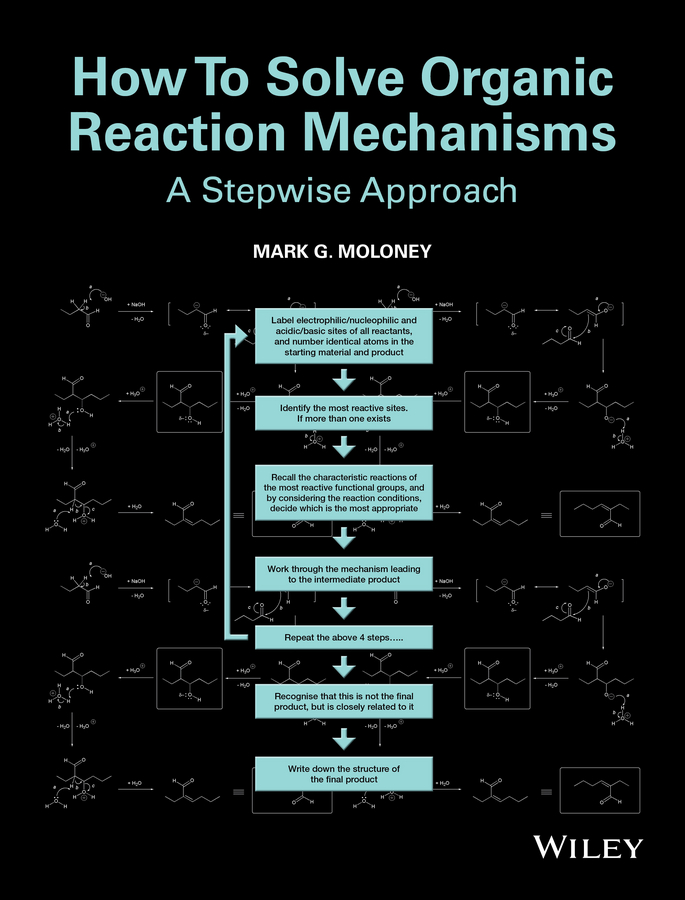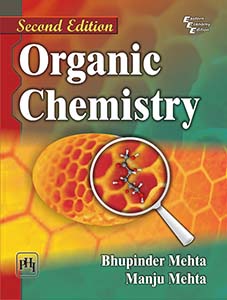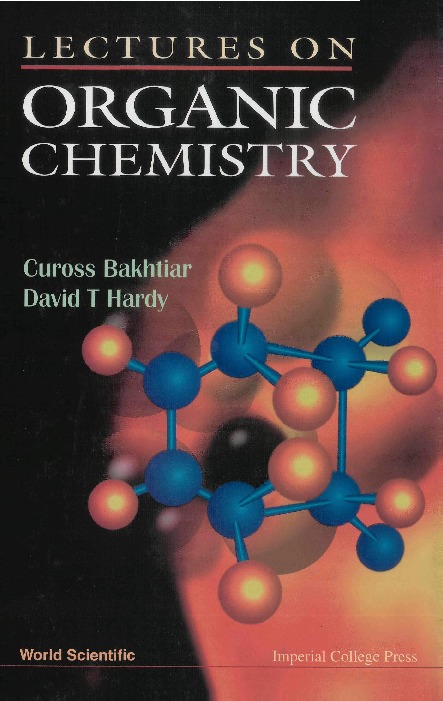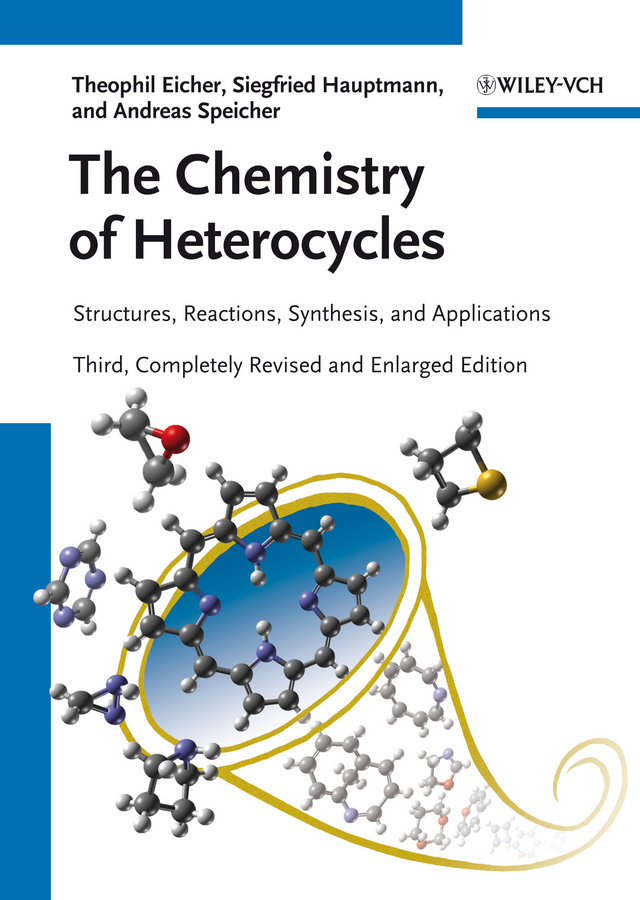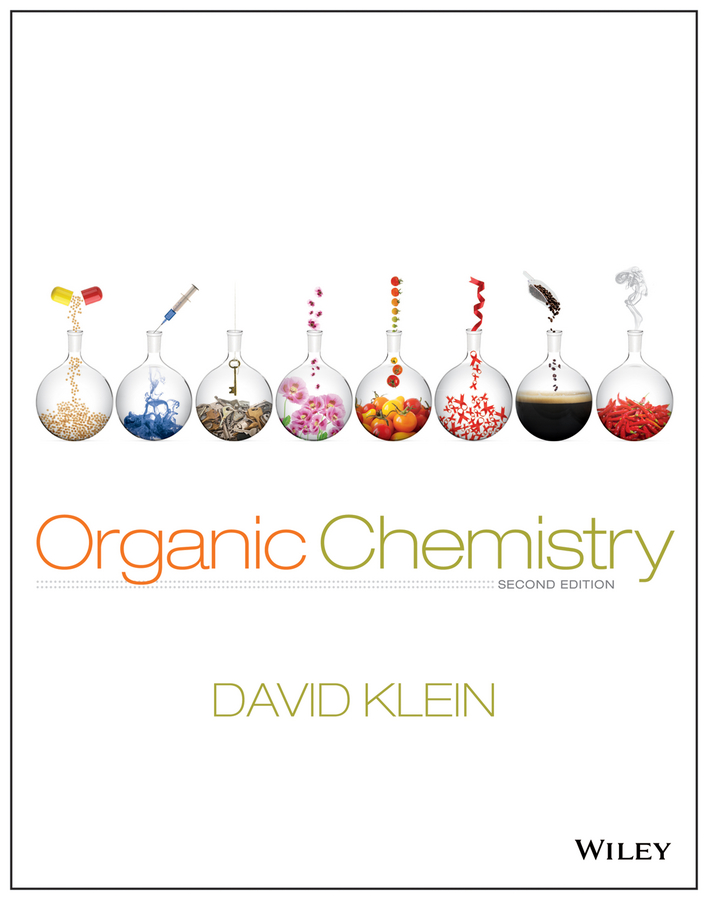CLCO62
LanguageENG
PublishYear2015
publishCompany
Wiley
EISBN
9781118698525
PISBN
9781118401590
- Product Details
- Contents
How To Solve Organic Reaction Mechanisms: A Stepwise Approach is an upgraded and much-expanded sequel to the bestselling text Reaction Mechanisms at a Glance. This book takes a unique approach to show that a general problem-solving strategy is applicable to many of the common reactions of organic chemistry, demonstrating that logical and stepwise reasoning, in combination with a good understanding of the fundamentals, is a powerful tool to apply to the solution of problems. Sub-divided by functional group, the book uses a check-list approach to problem-solving using mechanistic organic chemistry as its basis. Each mechanistic problem is presented as a two-page spread; the left-hand page introduces the problem and provides a stepwise procedure for working through the reaction mechanisms, with helpful hints about the underlying chemistry. The right-hand page contains the full worked solution and summary. This revised edition includes the following updates: A new chapter which applies the problem solving strategy to ligand coupling reactions using transition metals Much-expanded set of fully worked problems Over 40 further problems (with answers for tutors) for use in tutorials How To Solve Organic Reaction Mechanisms: A Stepwise Approach is an essential workbook for all students studying organic chemistry, and a useful aide for teachers of undergraduate organic chemistry to use in their tutorials.
Collected by
- Princeton University
- Yale University
- University of Oxford
- Stanford University
- MIT
- UCB





